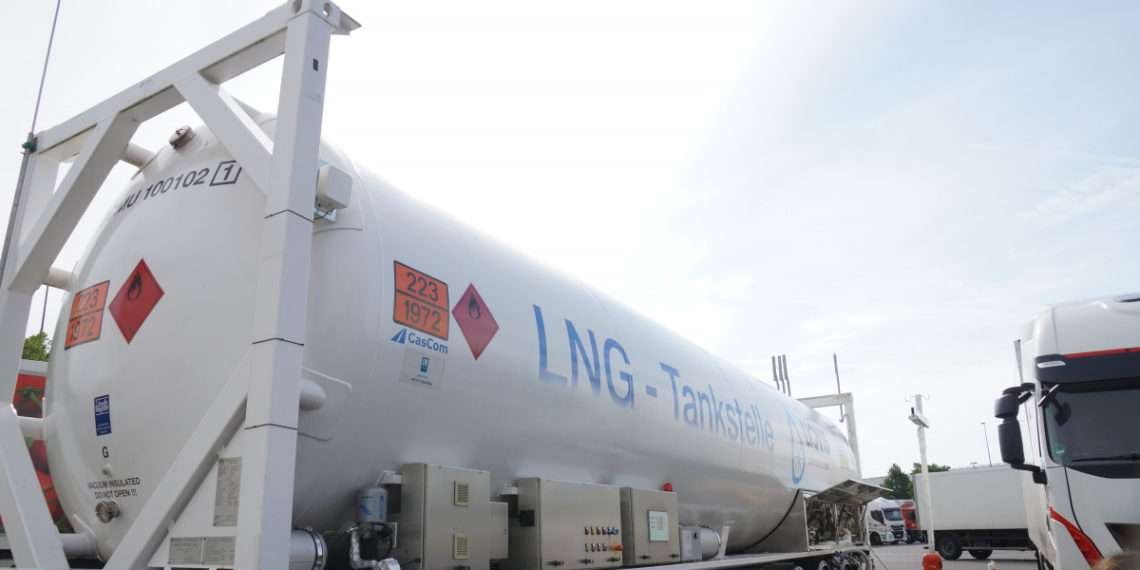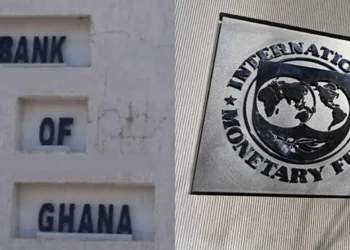South Africa is assessing the feasibility of using LNG as an alternative to more polluting fossil fuel for a clean energy future. However, Fitch Solutions remains bearish on its widespread adoption by decade’s end.
Considering LNG as a possible transition fuel, South Africa announced on September 8, 2021, that Delta Natural Gas Energy (DNG) and Imperial Logistics are examining the feasibility of using LNG as an alternative to diesel.
Per the mandate, both firms are to run a six-month pilot scheme focusing on heavy-duty trucks, to test how LNG can act as a cleaner energy source for the country’s transport industry.
“LNG has been touted as a transition fuel that can bridge the gap between South Africa’s heavy reliance on more polluting fossil fuels and a clean energy future. However, we remain bearish on a widespread adoption of LNG in South Africa by the end of the decade.”
Fitch Solutions
Data from Fitch Solutions show that diesel represents approximately 37.8 per cent of the country’s total refined fuels consumption. This means that a successful switch to LNG would have a notable impact on the dynamics of South Africa’s energy demand.
However, coal remains a critical component of South Africa’s primary energy consumption, representing 68 per cent of total consumption in 2018. Despite the readiness to pursue a low-carbon energy transition, it is not enough to switch the country’s substantial dependence on coal over the long term.
That said, although LNG is often cited as a cleaner, more environmentally friendly option over other fossil fuels— especially coal— it is still a key emitter of carbon. Besides, the LNG supply chain requires substantial energy for liquefaction, as well as regasification and shipping. This makes it far less environmentally friendly than its pipeline alternative.
South Africa’s gas imports to rise
Although carbon-neutral LNG cargoes are being offered by certain companies, they remain a very small percentage of global trade. Additionally, there exists doubt about the true attainability of ‘carbon-neutral’ LNG cargoes. For a fact, much of this depends on factors such as how the emissions are calculated or what type of carbon offsets are used.
In a memorandum of understanding (MoU) signed by Sasol and the Central Energy Fund, South Africa intends to accelerate the development of its gas industry. According to Fitch Solutions, this agreement presents upside risk to the gas consumption and import forecasts.
In South Africa, gas consumption is heavily constrained by the country’s limited domestic production. As a result, this presents upside risks to the rise in gas imports.
At present, South Africa imports its gas through the Rompco pipeline that connects with Mozambique. However, with a number of existing gas production outlets declining, this means South Africa’s supply is at risk.
Considering the foregoing, neighbouring Mozambique would likely benefit from any potential LNG demand from South Africa over the long term. Should South Africa successfully develop LNG import infrastructure over the next decade, Mozambique will be a likely destination to source LNG from, Fitch Solutions predicts.
As its neighbour, Mozambique is already a key partner for South Africa’s gas trade and Mozambique’s LNG exports are expected to flourish over the decade.
According to Fitch Solutions, South Africa’s gas consumption is forecast to reach 6.5bcm in 2030, up from an estimated 4.4bcm in 2020.
Meanwhile, Mozambique’s LNG exports are expected to climb to 46.4bcm in 2030. This means South Africa would not need to look much further for gas provided it can successfully put the necessary LNG import infrastructure in place.




















